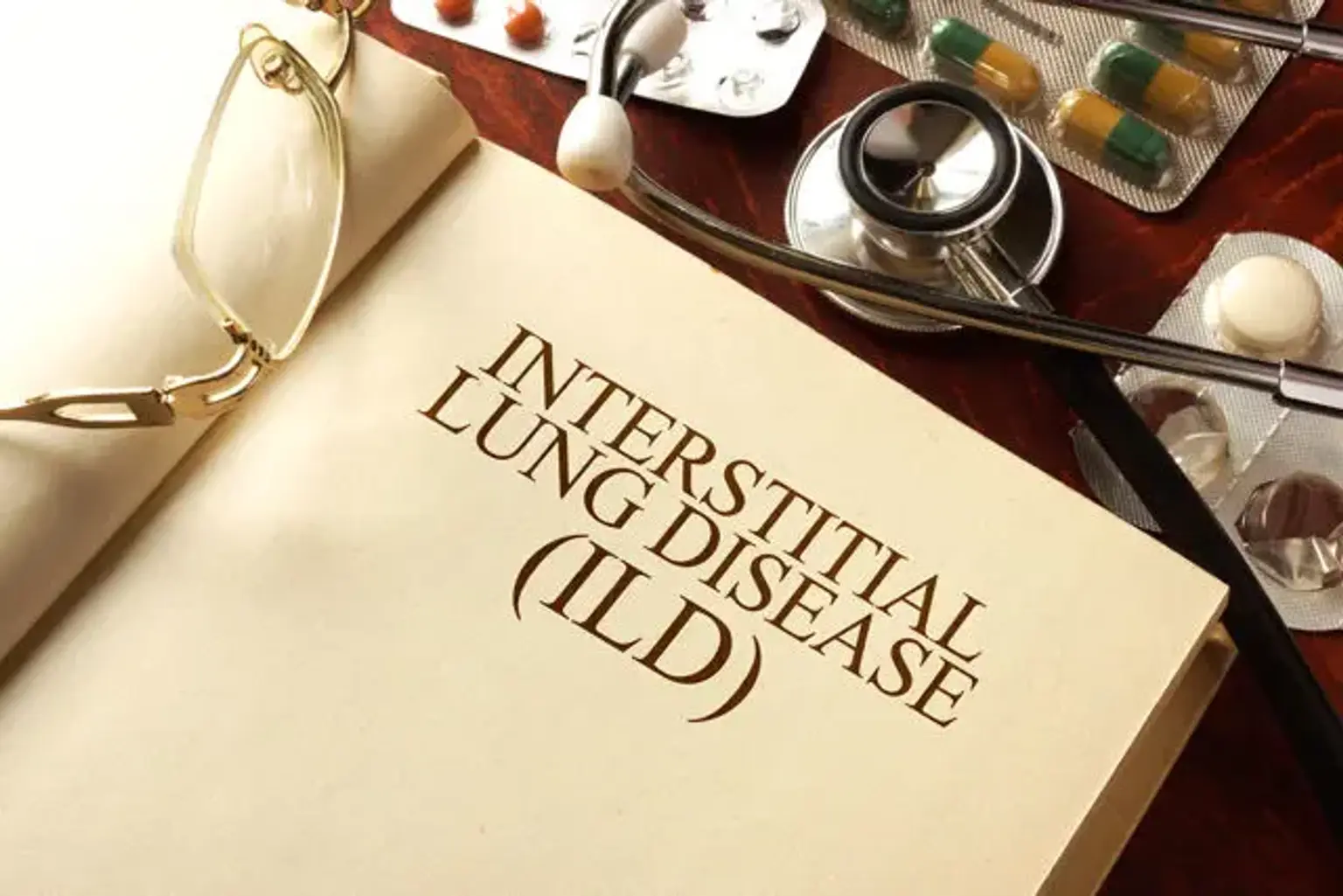Interstitial lung disease
Overview
Interstitial lung disease (ILD) refers to a group of disorders that induce scarring (fibrosis) of the lungs. Scarring stiffens the lungs, making it difficult to breathe and get oxygen into the circulation. ILD-caused lung damage is frequently permanent and worsens over time.
